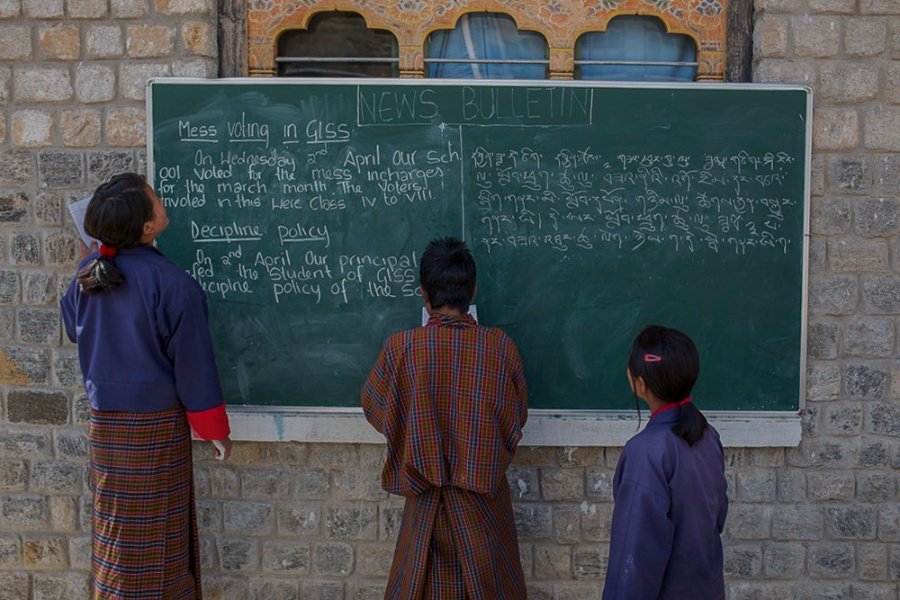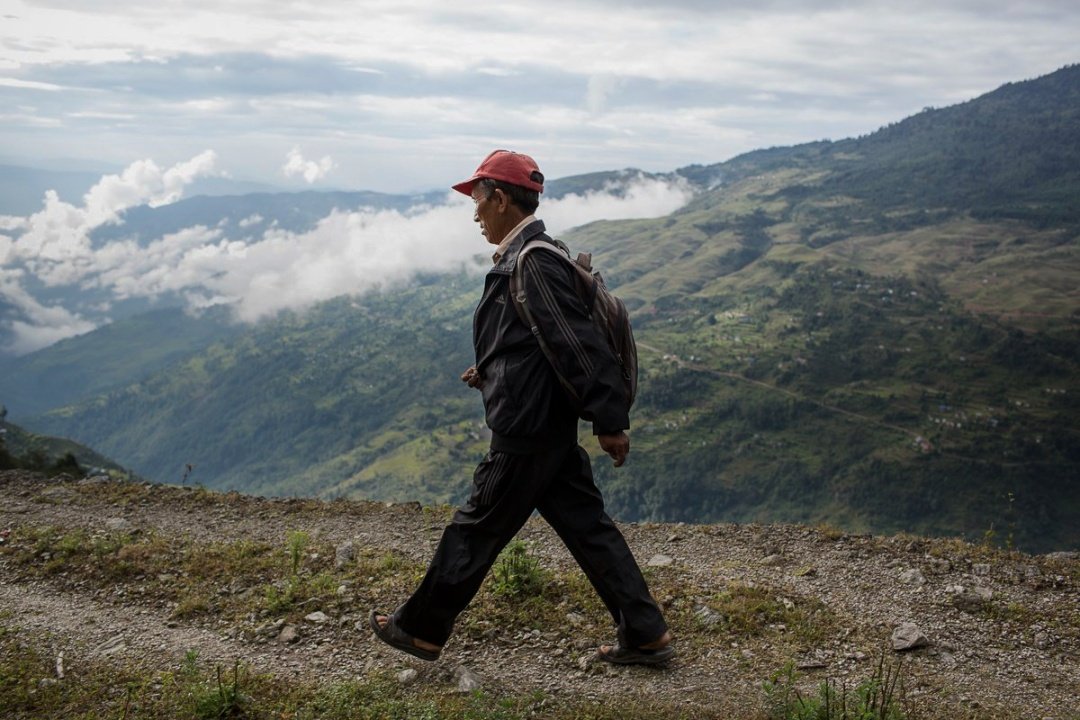
Australian Himalayan Foundation News
Stay informed
What’s happening at AHF
Welcome to AHF News. Here you can find the latest articles on what’s happening within our community. Want to see images from our in person events, video testimonials, footage from programs, interviews with our wider community? Its all here.
10 Years On: Reflecting on the 2015 Nepal Earthquake
A decade ago, on April 25, 2015, Nepal was rocked by a devastating 7.8-magnitude earthquake. As we mark ten years since the 2015 disaster, its scars remain—but so does the strength of the Nepali people and our commitment to standing alongside them.
Himalaya Day 2023 highlights
On 29 May, 1953, Edmund Hillary (not yet Sir), was the first person to summit Mount Everest, along with his team mate Tenzing Norgay. This year marked the 70th anniversary and we celebrated with 5 Himalaya Day events across four states.
Meet national treasure Aileen Davis OAM
Aileen Davis met Edmund Hillary in 1952, the year before he summited Mt Everest. They forged an extraordinary friendship that spanned many decades. Hear Aileen share her stories at our Sydney Himalaya Day lunch on Friday 2 June.
Following in the footsteps of Sir Ed
AHF supporters, Emma Huffam and Trevor Builder are about to complete their 14th 8000 metre Base Camp trek, inspired by Sir Edmund Hillary.
AHF 20th Anniversary Gala Dinner
Updates, photos and videos from our 20th Anniversary Gala Dinner, held in October 2022.
Crisis averted: Covid-19 response in Nepal
How you helped struggling Nepal health centres cope with a crisis, and what happens next.
Covid-19 in the Himalaya
Find out about the impact of COVID-19 on the people of the Himalaya. What is AHF doing to help?...
Everest Challenge? Yes we can!
Aged care residents took on an Everest summit challenge of a different kind - keeping themselves active and learning about the Himalaya as they went.
Nepali artists in the Sydney Biennale
Nepalese artists Artree Collective exhibiting in Sydney's Biennale NIRIN - AHF Himalayan Art Award winner Hit Man Gurung comes to Sydney!
Geoff Bartram and Andrew Lock awarded Humanitarian Overseas Service Medal for Nepal earthquake response
Geoff Bartram and Andrew Lock have been awarded the Humanitarian Overseas Service Medal for their work in responding to the Nepal earthquakes in 2015.
Nepal: Five years on from the 2015 earthquakes
Nepal was devastated in 2015 by two earthquakes which left many children without safe classrooms. 5 years on, AHF has rebuilt 87 classrooms in 26 schools.
From the field: Tibetan culture in Kalimpong
AHF Head of Programs Tshering OGorman was recently in Kalimpong, where the Gangjong Doeghar Centre is working to promote Tibetan Performing Arts and Careers.
International Women’s Day in Bhutan
Australian Himalayan Foundation CEO Carolyn Hamer-Smith speaks with Tandin Wangmo, CEO of our partner RENEW, about what our work means for the women of Bhutan. Link to video in article.
















